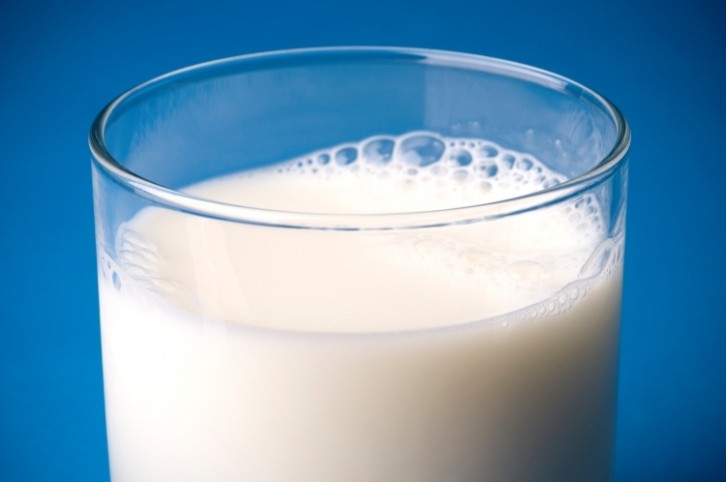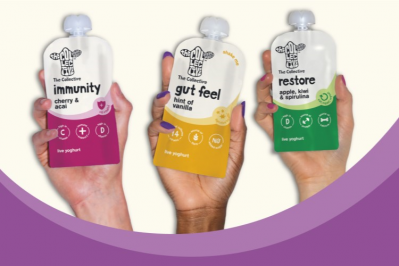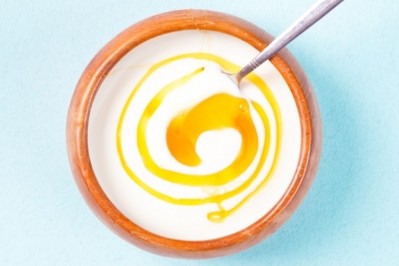Milk is an iodine powerhouse – but consumers don’t know it

This conclusion can be drawn from a new study published in the Journal of Dairy Science, in which an international research cohort analyzed more than 4,000 global consumer responses to identify which foods - from milk to meat and cereal - consumers think are iodine-rich.
Those surveyed – regardless of age, level of education and employment status – largely disregarded milk as a relevant iodine source. Instead, respondents viewed fish and seafood as important in this respect, and some wrongly identified cereals and meat as iodine-rich.
Iodine is an essential trace mineral. The body needs it to produce thyroid hormone and severe deficiency can lead to hypothyroidism (underactive thyroid) or enlargement of the thyroid gland. For those pregnant and breastfeeding, even mild iodine deficiency has been associated with poor cognitive development in children. According to the Iodine Global Network’s global scorecard of iodine nutrition, in most countries (with notable exceptions being Germany, Russia, Norway and Finland) iodine intake in school children is rated ‘adequate’.
Dairy milk is a primary source of iodine from food. The mineral’s concentration in milk is naturally low, but farming practices such as feed supplementation and the use of iodine-based disinfectants has led to an increase of the mineral’s concentration in milk.
While the level of iodine in milk can vary, dairy products are widely considered a key iodine source, providing nearly half of the total iodine intake from foods in the US1; and in Europe2, dairy milk provides more than a third of iodine in adults in Finland, Ireland, Norway and the UK.
But consumers are hardly aware of this, an international research cohort recently discovered.
In a survey completed by more than 4,700 consumers from 16 countries covering America, Europe, Asia and Oceania, results indicated that respondents were not well informed about dietary sources of iodine.
Those in Northern and Western Europe were the least aware that milk is an iodine source – a finding that surprised the researchers given the high milk consumption in the region. Northern American consumers had the highest awareness, followed by those from Latin America, Asia, Southern Europe and Oceania.
“The relatively low awareness of the contribution of milk and dairy products as sources of dietary iodine, despite being described as primary dietary sources…suggests that knowledge about iodine is not widespread in the general public,” the researchers wrote. “Some potential reasons for this lack of knowledge...could be that information about iodine and nutrition is often limited to scientific publications, making it less accessible and reachable by the general public.”
Packaging labels highlighting iodine-rich foods may be ‘viable strategies’ to offer clear, accessible consumer information, the study concluded; while public authorities should consider raising awareness through promotional campaigns.
Source:
Low public awareness opens up new opportunities for highlighting milk as an iodine dietary source
Niero, Giovanni et al.
Journal of Dairy Science, September 10, 2024
DOI: 10.3168/jds.2024-25030













